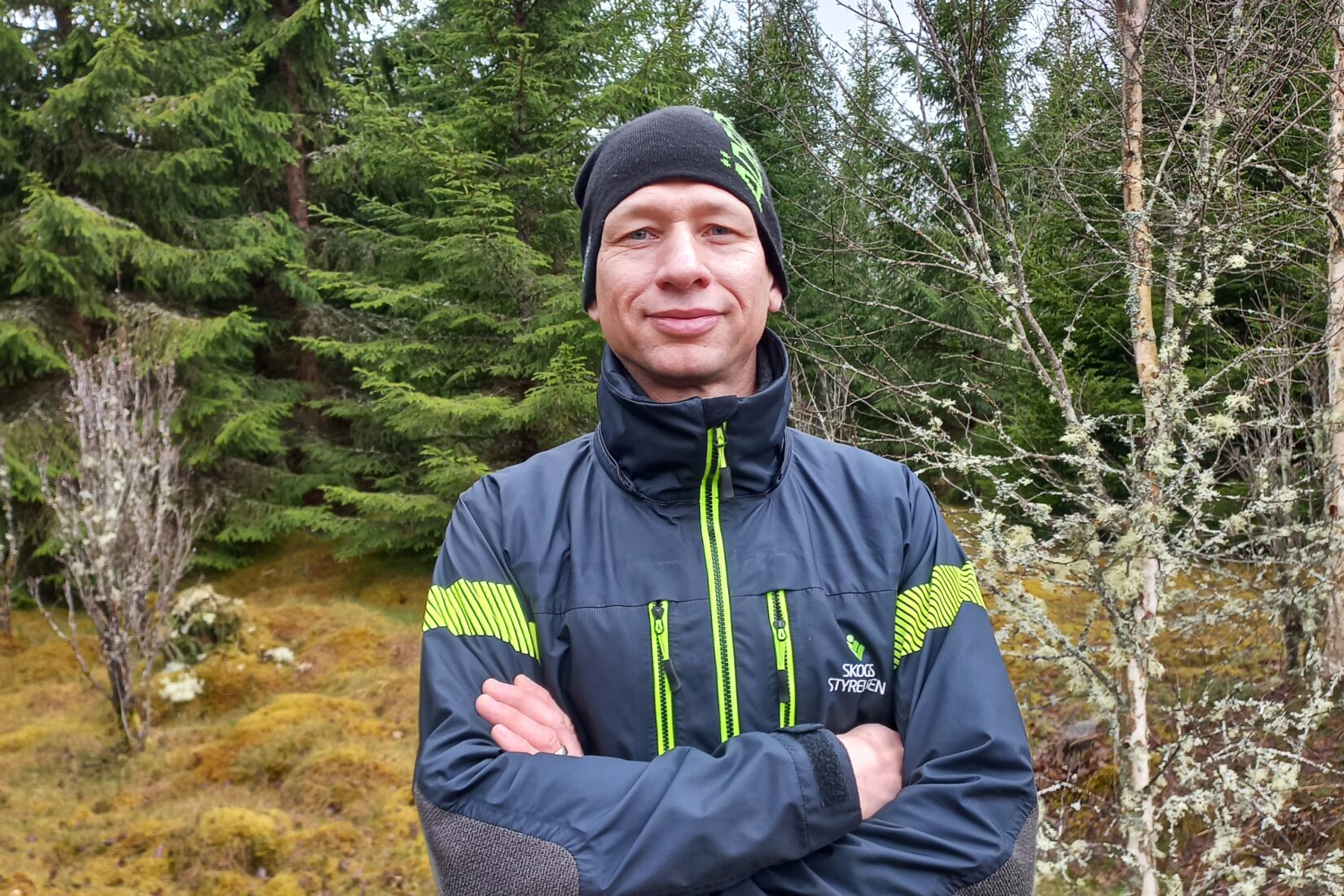Hello Daniel Thorell, project manager for DigiFor (Digitalisation and benefits to our Forests) at the Swedish Forest Agency. What were you doing in the forest this morning?
We are in the midst of a meeting with our project partners in the DigiFor project from the Forestry Authority in Ukraine and Finland, as well as Riga municipal forests, Latvia. We gather to learn from each other about LiDAR data, satellite images, and AI and how it can contribute to sustainable forestry. Visiting the forest together and having discussions on-site about similarities and differences, and being able to ask follow-up questions is invaluable. After the pandemic, one almost forgets how important it is to meet in person.
What do you aim to achieve with the project?
One thing we aim for is to share the knowledge existing in digitalisation and forestry, how to utilize satellite images and LiDAR data, and new technologies, and the other is to collectively identify areas where we see the need for development and to advance collectively. We have a common challenge in our countries, and it’s important not to reinvent the same thing in multiple places; we should rather work together.
Tell us about the digitalisation of forestry
The development of new digital technology requires significant resources. Through cooperation, we can not only find new cost-effective working methods but also leverage the full potential of knowledge and experience within the region. Digitalisation is the future on many levels. Data from LiDAR scanning, for example, makes it possible to see volumes of different tree species in the forest, and satellite images can be used to identify areas at risk of forest damage in a cost-effective way. With new techniques, we can also identify and map cultural and natural environments, among many other things.
What’s next?
This afternoon, we’ll sort through all the impressions from the forest and plan what to delve into. The Ministry of the Environment in Finland also wants to join for five minutes and congratulate us; they are eager about this cooperation. It’s great to have strong support for the project!
The DigiFor project is made possible through funding from the SI Baltic Sea Neighbourhood Programme and the Swedish Forest Agency.
